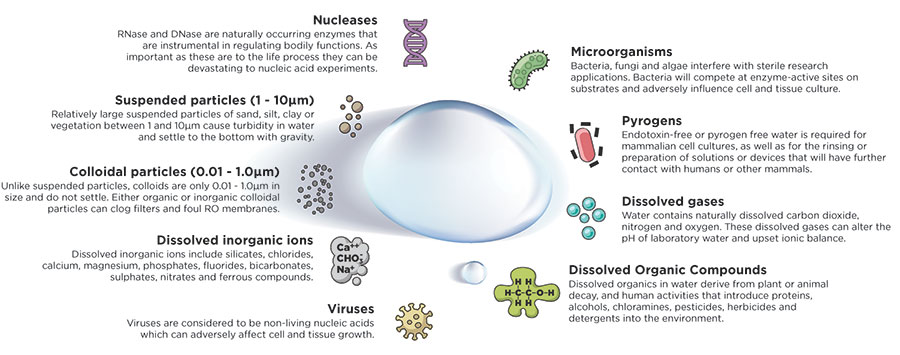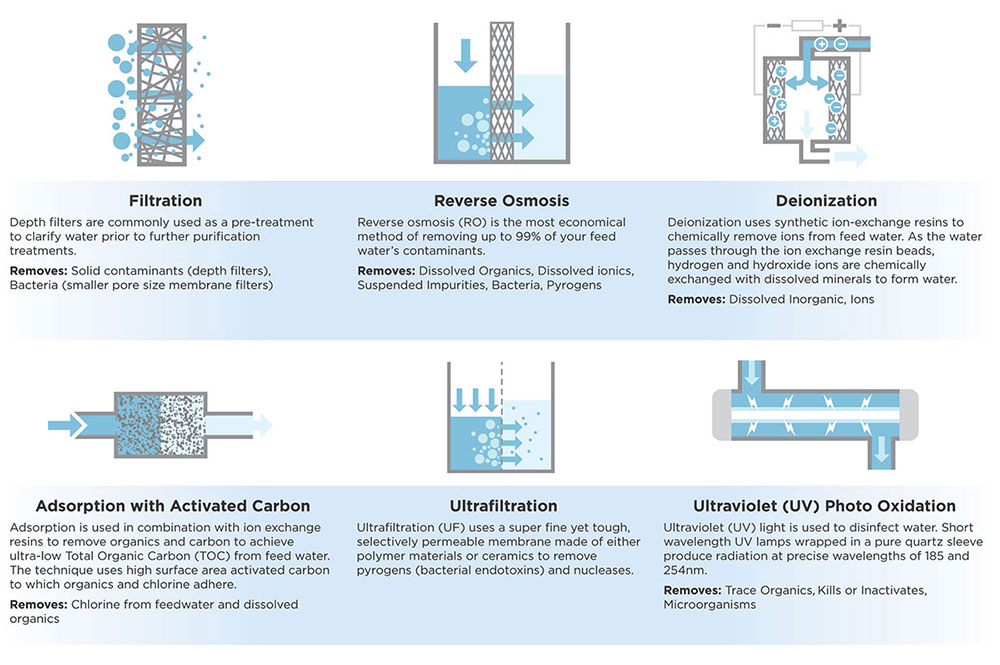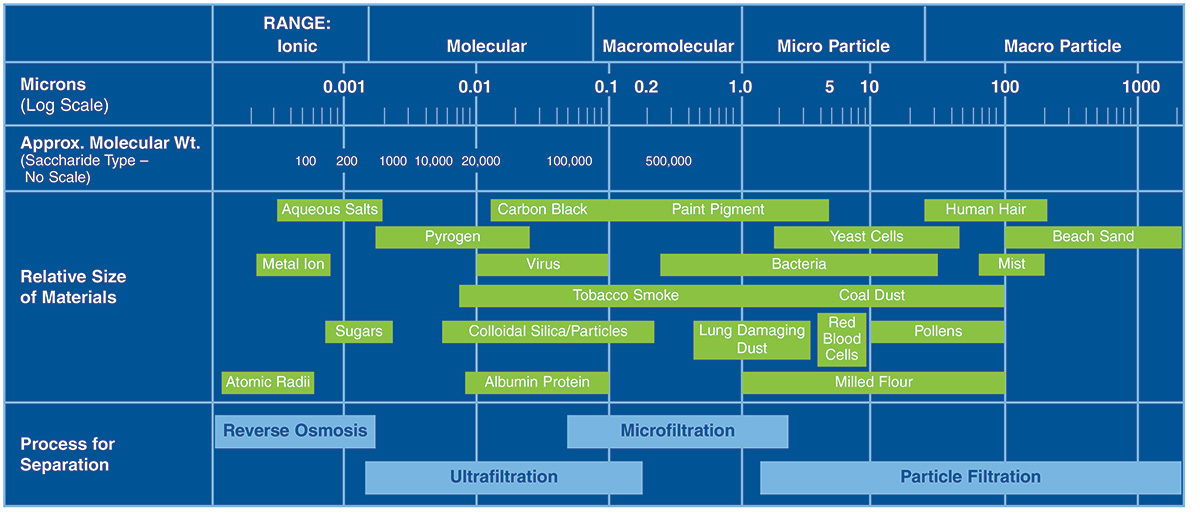We use cookies to make your experience better. To comply with the new e-Privacy directive, we need to ask for your consent to set the cookies Learn more.

A basic principle in research is to eliminate as many variables as possible during a study. Water quality is an important variable to consider. Many contaminants are found in water such as particles, organics, dissolved ions, pyrogens, bacteria, viruses, and other microorganisms.
Common water contaminants include particulates, dissolved ions, organic compounds, gases, minerals and microorganisms. Each impurity carries its own risks to biological and chemical research, the quality of pure water and the life of a laboratory’s water purification system.

All of these contaminants may be found in your water supply, and unless you remove them, they will be in your animal drinking water. Some of these can be harmful to animals and introduce uncertainty to studies. Through water purification and treatment, along with sound designs, automated watering can provide more consistent water quality than water bottles.
|
Contaminants |
Description |
Risk |
What Removes |
|
Particles |
Large Enough to See – Suspended debris, sand, metal shavings, rust & dirt |
Mechanical problems in water system |
Filtration |
|
Organics |
Carbon-Containing chemical |
If water is being chlorinated – critical to remove to avoid the creation of Trihalomethanes like chloroform |
Carbon Filtration & Reverse Osmosis |
|
Dissolved Ions |
Charged Particles on the prowl looking for things to react to |
Attack other critical elements in the water |
Deionization Beds or Reverse Osmosis |
|
Pyrogens |
Bacterial by-products |
|
Reverse Osmosis |
|
Microorganism |
Like protozoa, amoeba, and yeasts |
Harmful in water systems |
Some can be killed with Chlorine. Others require an additional Reverse Osmosis |
|
Bacteria |
|
Especially problematic in water systems because they are impossible to get rid of. |
|
|
VIVARIUM RISK: Pseudomonas Aeruginosa is a primary concern in vivariums because it is pathogenic in mice. Some strains of bacteria attach to the inside walls of piping. They form “cities” of bacteria called biofilm, which capture nutrients as they flow past. As biofilms grow, chunks can slough off and colonize downstream. If these bacteria are consumed, they can cause infection and disease in laboratory animals. So it is important to take measures to control the rate and extent of bacteria growth. Bacteria are survivors. A few days following sanitization, numbers will be back to where they started. To control your water quality, it is crucial to implement the following practices:
|
|||

Water can be purified by carbon filtration, deionization, distillation, ultra-filtration, and reverse osmosis. Of all these options, Reverse Osmosis (RO) is the most cost effective and efficient. It is very effective for removing particulates, ions and metals, microorganisms, pyrogens, and organics greater than 200amu (atomic mass units). The chart below shows that beach sand measures 100 microns, yeast cells over 1 micron, bacteria start at .2 microns, and viruses are at .01 microns. RO removes even the smallest of these.

This chart shows the relationship of contaminant size to filtration process. Reverse osmosis removes materials in the ionic size range and larger.
If necessary, pre-filters can be employed to remove some of the larger particles ahead of the RO unit. When considering automated watering in barrier units, it’s very important to use a good water purification method like RO, since the point of a barrier is to prevent contaminants from reaching the animals. Options for treating water include Ultraviolet (UV) disinfection, chlorination, acidification, and ozonation. While UV is effective for the short-term, it offers no residual protection, killing bacteria at only one point in a watering system. Chlorine, at 2-3 ppm, is very effective for combating bacteria. Acidification at 2.6-3 pH is bactericidal to some bacteria including Pseudomonas Aeruginosa. Ozonation is a very effective method to combat bacteria and other microorganisms, but is an emerging technology with little use thus far in the animal care industry.
A system with the appropriate purification, treatment and design is the first step in having consistent quality water for your research. To understand the health of your system you must analyze the water on a regular basis. Analyzing the success of your watering system involves measuring disinfectant levels and bacteria levels – total plate counts and samples from the end of the rack manifold, and comparing these to your water quality standard. You should sample right from where the animals drink, measure regularly, and benchmark the results.
Water testing can be performed by a variety of labs. If you need assistance please contact us or CLICK HERE to see Avidity Science’s full range of water quality tests or CONTACT US – the water quality experts, to learn how we can help you eliminate variables from your water today.